There are mainly 4 types of greenhouse
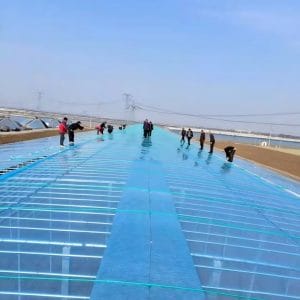
There are mainly 4 types of greenhouse. Considering the park’s requirements for ornamental value and economic benefits, choosing glass greenhouses or PC panel greenhouses is the most suitable option. The core difference between these two types of greenhouse lies only in their covering materials, while their frame structures are basically the same. Currently, most multi-span greenhouse generally adopt the covering method of “PC panels for the roof + glass for the surrounding walls”, among which the Venlo-type glass/PC panel greenhouse also has outstanding advantages such as high light transmittance, uniform illumination, and strong flexibility in use. In total, there are four main types of greenhouse, and selecting the right one is essential for effective plant growth.
In summary, when considering the types of greenhouse, factors like climate, plant type, and budget are crucial for making the best choice.
Additionally, film greenhouses are economical and provide a lightweight option, making them suitable for various applications. Finally, solar greenhouses utilize natural resources effectively, showcasing the sustainability of the types of greenhouse.
Among the various types of greenhouse, glass greenhouses are known for their durability and aesthetic appeal, while PC panel greenhouses offer excellent insulation. Exploring all the types of greenhouse available allows growers to maximize their agricultural potential.
Understanding the various types of greenhouse helps in making informed decisions about which greenhouse best suits your gardening needs. Each type of greenhouse has unique features that cater to different plants and environmental conditions.
(1)Unique Advantages of Glass Greenhouses
- Superior light transmittance:Its light transmittance is higher than that of PC panel greenhouses, delivering better lighting performance.
- Longer service life: Its service life is longer than that of PC panel greenhouses, though both types have a service life of over 10 years.
- Unique Advantages of PC Panel Greenhouses
- Strong impact resistance: The impact strength of PC panels is 250-300 times that of ordinary glass; even when struck, it is not easily damaged.
- Good thermal stability: Within the temperature range of -40℃ to +120℃, it will not deform or become brittle.
- Lightweight and easy to handle: It is light in weight, facilitating transportation and drilling processing.
- Easy to form and construct: It is not easy to break during cutting and installation, can be directly cold-formed, and features simple construction and good processability.
- Anti-fogging (also known as anti-condensation): It can effectively protect heat-preserving plants in the greenhouse, preventing damage to plants caused by falling fog droplets formed due to temperature differences.
(3)Common Advantages of the Two Types of Greenhouses
- High light transmittance: Both are high light-transmittance materials, and sufficient illumination is crucial for plant growth.
- High-temperature resistance and heat preservation: Both have excellent high-temperature resistance and heat preservation effects, providing a suitable temperature environment for plant growth—this is quite important for plant growth.
Glass Greenhouses
I. Core Definition and Application Scenarios
Glass greenhouses refer to greenhouses using single-layer or double-layer float glass as the covering material. Among various cultivation facilities, they are one of the types with the longest service life and suitable for use in various regions and under different climate conditions.
II. Structural and Performance Features
1. Structural Configuration
Connection and Sealing: High-grade aluminum alloy profiles are used for connection, and EPDM (Ethylene Propylene Diene Monomer) rubber strips are adopted for sealing to ensure overall airtightness.
Steel Structure Treatment: The main body is made of high-quality steel structure. All key components undergo hot-dip galvanization after being processed in accordance with European standard technologies, ensuring excellent corrosion resistance.
Assembly Method: It adopts a prefabricated assembled structure. All components can be easily assembled on-site with other connecting parts, nuts and bolts. No welding points will damage the galvanized coating on the material surface, further ensuring optimal corrosion resistance.
Roof Design: The roof is a single-layer or double-layer glass roof (available glass types include float glass or tempered glass, with a thickness of 4mm/5mm), installed and fixed via special aluminum profiles and sealing tapes.
2. Performance Advantages and Disadvantages
Advantages: Excellent light transmittance (over 80%) and light conductivity (over 90%), especially suitable for areas with insufficient sunlight; large lighting area, uniform indoor illumination, good anti-condensation performance, and attractive appearance.
Disadvantages: Poor thermal insulation performance and relatively high operating costs, making it more suitable for growing plants requiring high light intensity.
III. Technical Parameters
| Parameter Category | Specific Specifications |
| Span | 6.4m, 8.0m, 9.6m, 10.8m, 12m |
| Main Frame | Hot-dip galvanized light steel frame |
| Covering Material | Single-layer glass, insulated glass |
| Column Height | 4.0m, 4.5m |
| Standard Column Spacing | 3.2m/4.0m |
| Cross-Section | 4m/5m |
| Trough Height | 3-5.5m |
| Wind Load | 0.5KN/㎡ |
| Snow Load | 0.3KN/㎡ |
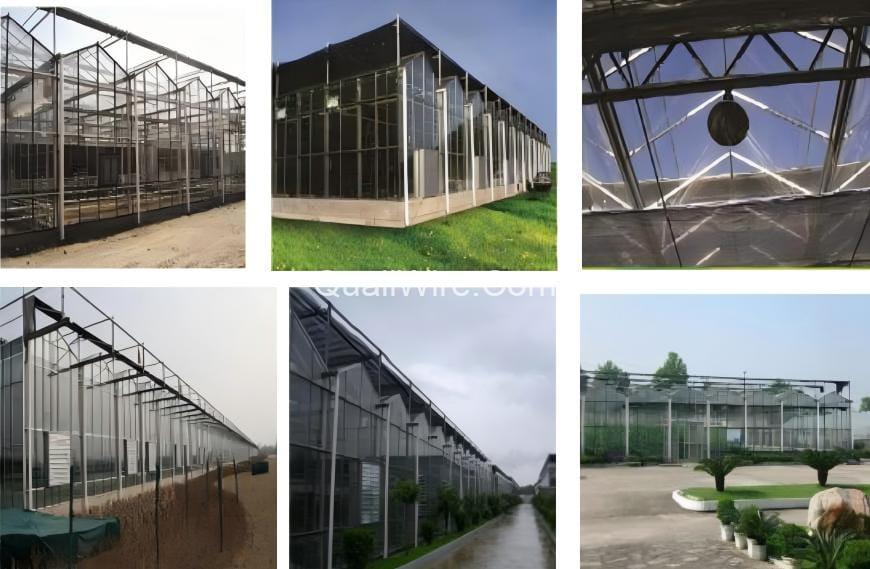
PC Panel Greenhouse
I. Definition and Core Structure
PC panel greenhouses are greenhouses using polycarbonate hollow panels as covering materials. Structurally, they mainly adopt double-slope structures, with some using arch structures. The main frame is made of hot-dip galvanized steel profiles to ensure the stability of the basic structure.
II. Core Performance Advantages
Excellent basic performance: Features good light transmittance, lightweight structure, impact resistance, strong load-bearing capacity, good thermal insulation, anti-condensation, and an elegant appearance.
Outstanding energy efficiency and service life: Compared with greenhouses using other covering materials, they have an energy efficiency rate exceeding 40%, which can effectively reduce heating energy consumption in winter. The product has a service life of over 10 years.
III. Detailed Technical Parameters
| Parameter Category | Specific Specifications and Descriptions |
| Span | 8.0m, 9.6m, 10.8m, 12m |
| Column spacing | 3.2m/4m |
| Cross-section | 4m |
| Shoulder height | 3-5m |
| Bay width | 4m, 4.5m, 5m |
| Trough height | 3-5.5m |
| Roof design | Covered with UV-resistant and anti-condensation polycarbonate hollow panels, installed via special aluminum profiles and sealing tapes; in cold regions, the north wall can use insulated composite panels, and sliding windows can be added to increase ventilation area |
| Steel structure and assembly | High-quality steel structure; all main components are hot-dip galvanized after processing in accordance with European standard technologies, ensuring excellent corrosion resistance; adopts prefabricated assembled structure, with components easy to assemble on-site; no welding points damage the galvanized coating, ensuring corrosion resistance |
| Ventilation equipment | Equipped with single or double roof ventilation channels, with ventilation controlled by a rack-and-pinion system |
| Wind load | 0.5KN/㎡ |
| Snow load | 0.3KN/㎡ |
IV. Greenhouse Specifications (Venlo-type PC Panel Greenhouses)
PC panel greenhouses can be divided into 9.6m Venlo greenhouses and 10.8m Venlo greenhouses by span. The specific dimensions are as follows:
| Greenhouse type | Span (m) | Bay width (m) | Eaves height (m) | Ridge height (m) | Remarks |
| Venlo-type PC solar panel greenhouse | 10.8 | 4.0 | 4.0 | 4.9 | Eaves height can be adjusted according to user requirements |
| 9.6 | 4.0 | 4. |
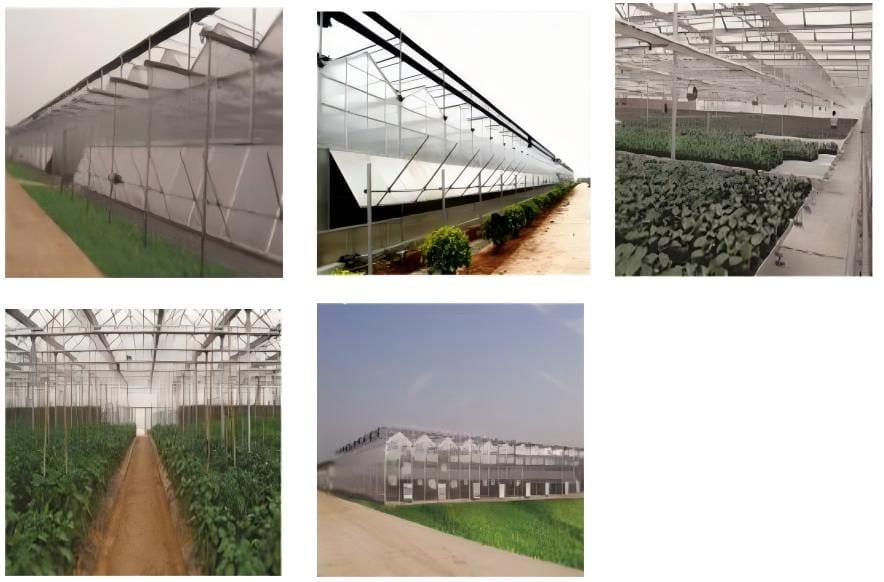
Film Greenhouse
The top of the film greenhouse is covered with polyethylene anti-dripping long-life film: the outer layer is UV-resistant, while the inner layer prevents condensation. This type of greenhouse offers excellent thermal insulation, a large effective light-transmitting area, a high roof, and spacious interior space. It is equipped with electric roof vents and side rolling curtains, ensuring good ventilation and low operating costs. The PEP anti-dripping film has a service life of over 3-5 years. As an economical greenhouse, it has a wide range of applications.
Technical Parameters
- Span: 6.4m, 8m, 9.6m
- Shoulder Height: 2.2-5m
- Bay Spacing: 1.9m, 4m, 4.5m, 5m
- Wind Load: 0.5kN/m²
- Snow Load: 0.3kN/m²
- Key Term Notes (for clarity):
Polyethylene anti-dripping long-life film: A professional greenhouse covering material; “anti-dripping” refers to the inner layer’s ability to prevent water droplets from condensing and dripping onto crops (avoiding crop damage), while “long-life” emphasizes its extended service cycle.
Shoulder Height: In greenhouse design, this refers to the vertical height from the ground to the lower edge of the roof (a critical parameter affecting internal operation space and ventilation).
kN/m² (kilonewtons per square meter): The standard unit for measuring load-bearing capacity (wind/snow load), indicating the maximum force the greenhouse structure can withstand per unit area.
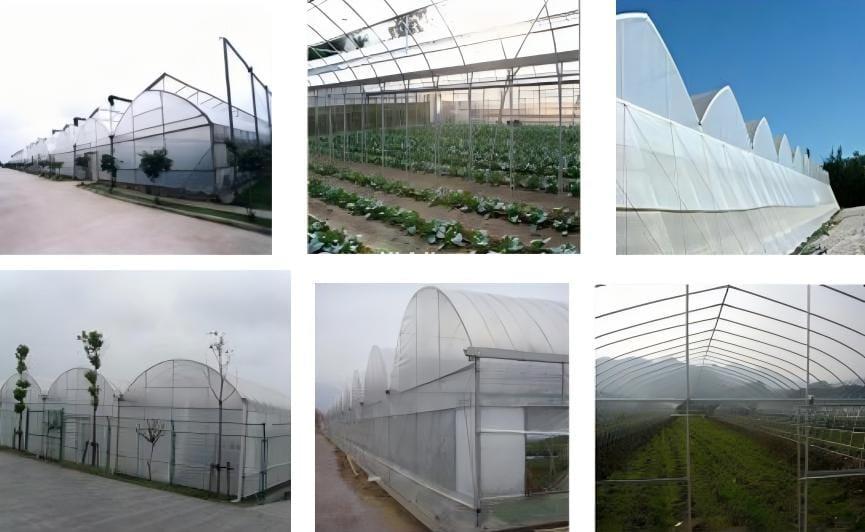
Solar Greenhouse
1. Basic Definition and Structural Composition
A solar greenhouse is a type of greenhouse that mainly relies on natural solar heat and nighttime insulation equipment to maintain indoor temperature. It is primarily composed of three parts: enclosing walls, a rear roof, and a front roof (referred to as the “three key components” of a solar greenhouse). Among these, the front roof serves as the greenhouse’s entire light-collecting surface: during daylight hours, it is only covered with plastic film to ensure light transmission; when outdoor light weakens, movable insulation quilts must be promptly used to cover the plastic film, thereby enhancing the greenhouse’s thermal insulation effect.
2.Covering and Structural Materials
- Covering materials: PC panels or PEP films can be selected;
- Structural materials: Hot-dip galvanized steel pipes are generally used;
- Core performance: Energy-saving solar greenhouses typically have a light transmittance of over 60%—80%, and the indoor-outdoor temperature difference can be maintained at over 21-25°C.
3. Features and Application Scope
- Core Advantages: Excellent thermal insulation, significant energy efficiency, good light collection, material savings, and low cost.
- Disadvantages: Relatively low land utilization rate.
- Application Scenarios: Suitable for vegetable cultivation, flower production, seedling propagation, scientific research, and teaching practices.
4. Insulation Facilities and Rolling Method
- Insulation facilities: Composite insulation quilts + composite insulation walls;
- Rolling method: Equipped with an electric rolling mechanism for convenient operation.
5. Technical Parameters
- Greenhouse main structure: Three types are available: welded type, prefabricated type, and “Ji”-shaped steel prefabricated type (a specific steel profile shape for structural stability);
- Specifications and models: Multiple span options are provided for users, including 6.5m, 7.0m, 7.5m, and 8.0m. Additionally, customized designs can be provided based on different local climate conditions.


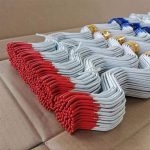
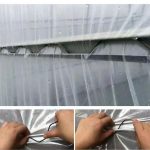
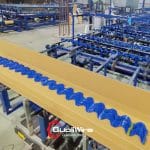

Comments are Closed